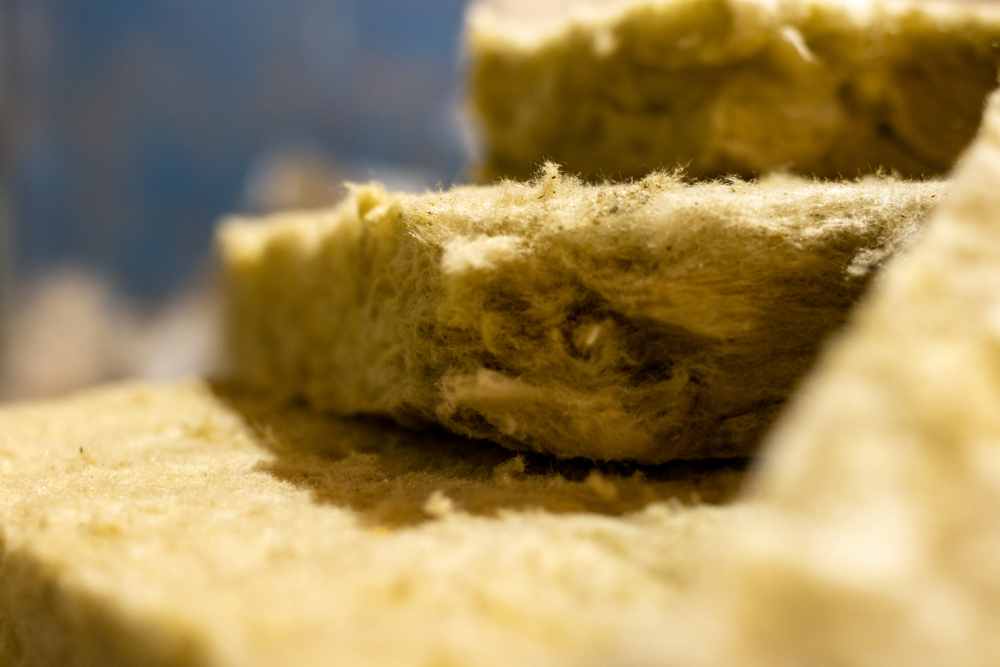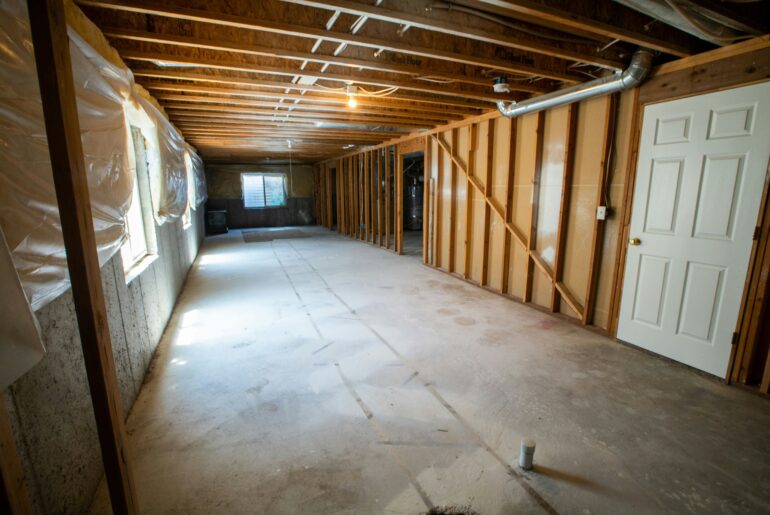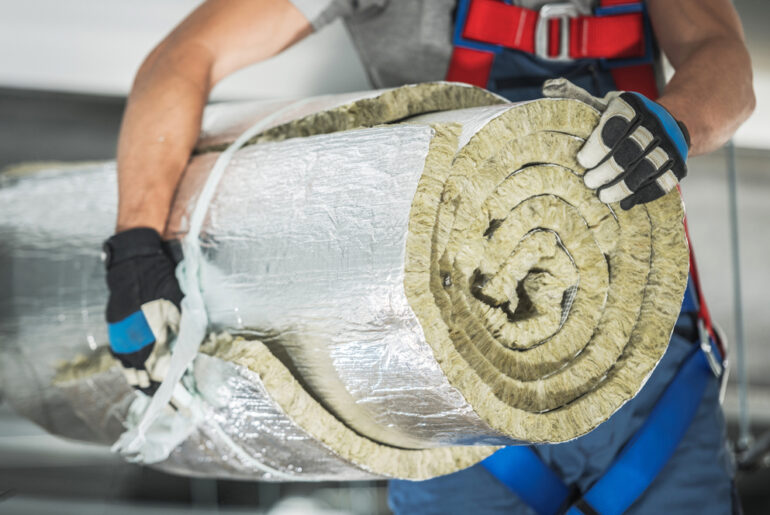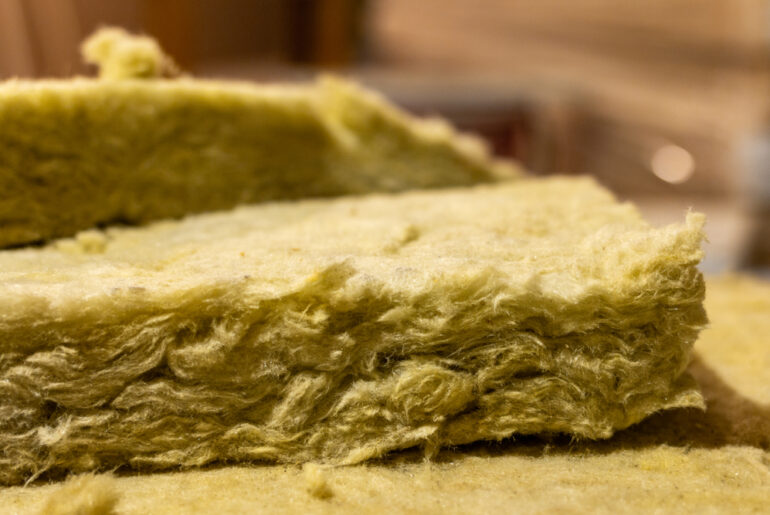When it comes to insulation, the two most commonly used types are R13 and R15. While both provide effective insulation, there are some critical differences between the two that should be considered when making a decision about which type of insulation to use.
In this guide, we will take a detailed look at the differences between R13 and R15 insulation so that you can make an informed decision about which type is right for your needs.
Let’s dive in!
What Does the R-Value Mean?
Before we get into the details of R13 vs. R15 insulation, it’s essential to understand what the “R-value” designation means. In short, the R-value is a measure of how effective a material is at resisting heat flow.
The higher the R-value, the better the material is at resisting heat flow. It means that materials with a higher R-value will keep your home or office cooler in the summer and warmer in the winter.
It’s also important to note that R-values are cumulative. So, for example, if you combine a material of R8 with a material of R5, the total R-value of the combination will be R13.
What Is an R13 Insulation?
R13 insulation is a type of insulation with an R-value of 13. It is most commonly used in walls that are 4 inches thick. Typically, it’s a fiberglass batt with a thickness of 3-5/8-inch.
It’s important to note that the R-value of R13 insulation can vary depending on the type of material. For example, a fiberglass batt will have a higher R-value than a cellulose batt.
Where Is R13 Used?
R13 has plenty of uses besides being a good form of insulation for the attic. For one, it is perfect for wall cavities.
Due to the thickness of the material, it’s ideal for 2×4 framing. Thus, it can be used in both new construction and existing homes.
Such insulation is also semi-rigid, so it can be used in attics with trusses that have a depth of 24 inches. R13 is the most common type of insulation used in these areas.
The thickness of R13 insulation does not make it ideal for protecting a home against freezing temperatures. However, it does a great job of noise reduction.
When you buy R13 insulation, many brands offer materials with a 90% NRC (Noise Reduction Coefficient). It means that it can reduce noise by up to 90%.
It can be a great benefit if you live in an urban area or your home is near a busy street.
Moreover, R13 insulation is good for moisture-prone areas. It can minimize condensation to prevent the formation of mold and mildew. It is because R13 is made of inorganic materials like fiberglass.
These materials are resistant to mold and mildew growth. Additionally, R13 insulation is also fire-resistant.
What Is an R15 Insulation?
R15 insulation is a type of insulation used to insulate homes and other buildings. It is made from various materials, including fiberglass, cellulose, and mineral wool.
R15 insulation is typically used in walls, ceilings, and floors to provide thermal resistance and prevent heat transfer. It is also used in attics and crawl spaces to keep the home cooler in the summer and warmer in the winter.
R15 insulation effectively reduces energy costs, as it can help keep the home at a comfortable temperature year-round. In addition, it can also help to reduce noise pollution and create a more comfortable living environment.
At 3½ ” thickness, the R15 insulation has a 36% higher R-value than the R11 insulation material. Thus, while the R15 insulation is more expensive, it will save you money in the long run by providing better energy efficiency.
Where Is R15 Used?
R15 insulation has many uses and can be found in various applications. It is commonly used in residential and commercial construction, as well as in industrial and agricultural buildings.
In a residential setting, R15 insulation can be used in walls, attics, ceilings, floors, and crawl spaces. It is also often used in basements and garages. In addition, R15 insulation is often used in office buildings, retail stores, warehouses, and other commercial buildings in a commercial setting.
Since R15 insulation has a high R-value, it is also often used in agricultural buildings, such as barns and greenhouses. Industrial applications for R15 insulation include factories, power plants, and other types of industrial facilities.
R15 insulation can also noise-proof a room and is often used in restaurants, hotels, hospitals, and other types of buildings where noise reduction is desired.
Which One Should You Choose, R13 or R15?
R13 and R15 insulation materials have pros and cons, so it depends on your specific project requirements.
Here are some factors you should consider when choosing suitable insulation materials.
Climate
The climate of your location will play a role in deciding which insulation material to choose. For example, if you live in a region with colder weather, you need a high R-value insulation material.
But if you live in a region with higher temperatures, you don’t need as much insulation, and an R-13 insulation material will suffice.
Home Structure
The way your home is structured will also be a deciding factor. For example, if your home has an unfinished basement or crawl space, R13 insulation is a good choice because it can be easily added to these areas.
R15 insulation is a better choice for attics and finished basements because it’s more challenging to install. Besides, if your home has many nooks and crannies, it’s better to use R15 insulation to fill these spaces more comfortably.
Cost
The cost of the insulation material is also something you should consider. In most cases, there’s no price difference between R13 and R15. But if you buy them in bulk, R15 insulation may be a little more expensive.
Area of Insulation
Which area are you trying to insulate? If it’s the walls, then R13 is a good choice. But if you want to insulate your roof, you need a higher R-value than what you’d use on the floors or the walls.
Likewise, if you want to insulate a moisture-prone area, R15 would be a better choice than R13 since moisture exposure can lower the R-value of insulation material. Since R13 already has a lower R-value, moisture can easily affect it.
Is R15 Insulation Better Than R13?
When you compare R15 vs. R13 insulation, it’s evident that R15 provides better thermal resistance. R15 insulation can resist heat transfer 15% better than R13 insulation.
It means that R15 is a more effective insulator. Plus, it will provide better energy savings in the long run.
When Should You Upgrade From R13 to R15?
If your home is over 20 years old, it’s probably time to upgrade your insulation. The R-value of insulation deteriorates over time, so even if your home has R13 insulation, it may not be as effective as it once was.
If you live in a cold climate, upgrading to R15 insulation will give you better protection against cold weather. In addition, R15 insulation will help keep your home cooler in the summer in a warm climate.
You can also upgrade the insulation material for better noise control. For instance, if you live in a noisy neighborhood, upgrading to R15 insulation will help reduce the amount of noise that comes into your home.





